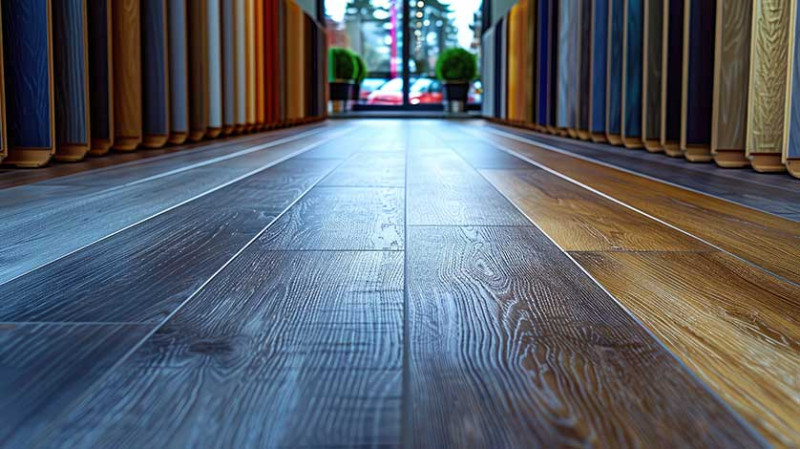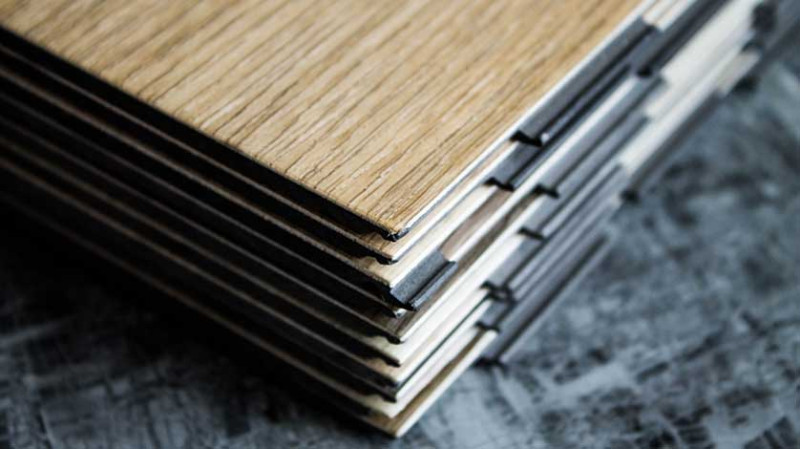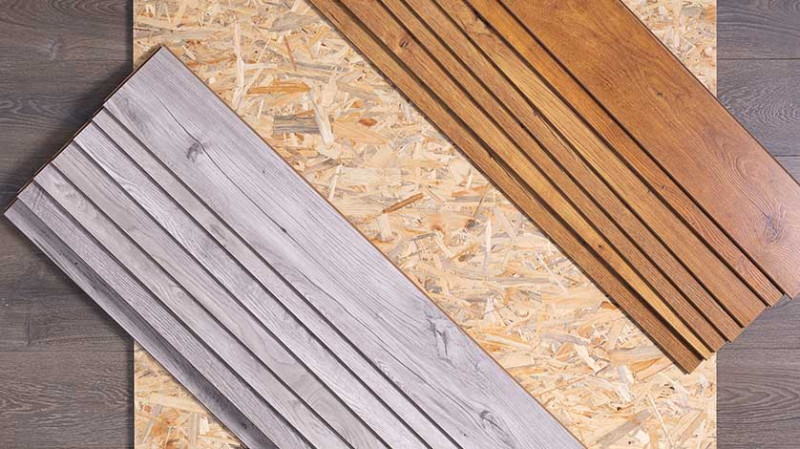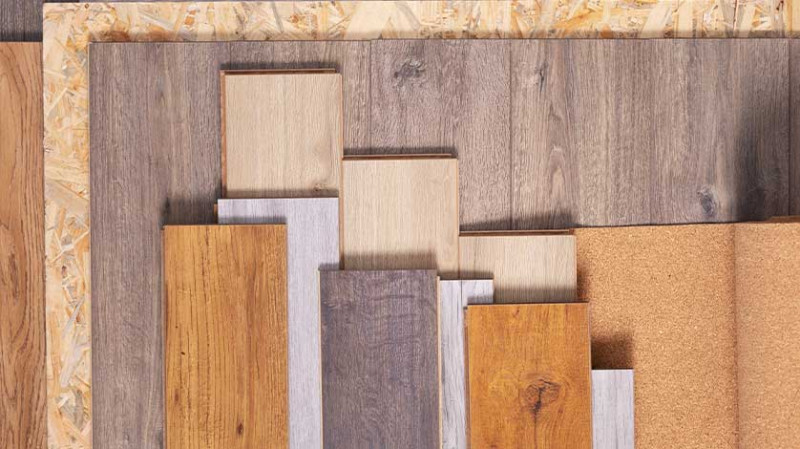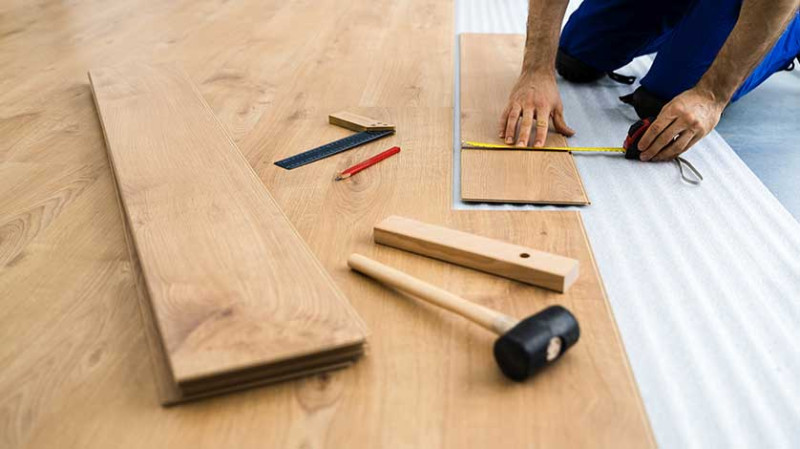
In the ever-evolving world of interior design and home renovation, trends come and go. Over the past decade, vinyl plank flooring surged in popularity due to its water resistance, affordability, and ease of installation. However, the tides are turning, and today, more UK homeowners, interior designers, and tradespeople are turning back to laminate flooring. So why the shift? In this blog post, we’ll break down the key reasons why vinyl plank is losing its shine and laminate flooring is stepping back into the spotlight.
The Changing Landscape of Flooring Trends
Vinyl planks had a strong decade. They entered the market offering modern styles, easy DIY installation, and superior water resistance — especially popular in kitchens and bathrooms. But now that the market is saturated and homeowners are becoming more conscious of longevity, sustainability, and aesthetics, laminate is once again becoming the flooring of choice.
As trends lean more toward eco-conscious, tactile and visually authentic materials, laminate ticks more boxes than ever before. Manufacturing improvements have transformed laminate from the hollow-sounding, plasticky surface of the 2000s into a robust, realistic, and stylish flooring option.
This shift is especially notable among architects and professional designers. They're recommending laminate for projects ranging from open-plan living spaces to commercial interiors where quality aesthetics meet durability. Homeowner expectations have also matured — looks, feel, and sustainability are key to any investment, even in something as functional as flooring.
And for DIY enthusiasts in the UK, laminate presents clear advantages: fewer installation risks, a broader style selection, and often superior warranties and support from trusted UK-based flooring stores.
Durability That Holds Up
One popular misconception is that vinyl plank is more durable than laminate. This isn’t necessarily true. While vinyl has strong waterproofing qualities, laminate holds up better in terms of scratch resistance, particularly with the introduction of high-density fiberboard (HDF) cores and advanced wear layers.
Laminate is less prone to denting — an issue that many homeowners have discovered the hard way with softer vinyl planks. In busy households — especially those with kids, pets or high heel usage — laminate comes out on top when it comes to surface toughness over time.
Plus, today’s water-resistant and waterproof laminate options (like AquaSeal and Hydro+ laminates now widely available in the UK) have closed the moisture-resistance gap, making them suitable even for bathrooms and utility areas, traditionally vinyl strongholds.
Tradesmen are reporting less call-backs on wood-look laminates compared to budget vinyl flooring – which can peel, bubble, and lift in damp or improperly prepared subfloors.
Design & Aesthetics: Laminate Nails It
Modern UK homeowners are looking for more than function — they want floors that make an impression. Thanks to technological improvements in printing and embossing, laminate flooring now delivers hyper-realistic wood grains, stone textures, and natural colour palettes that look and feel like the real thing underfoot.
Vinyl, although also boasting good design replication, often falls short when light hits its synthetic layer. Laminate, especially with its matte surface finish and textured embossing, offers a more natural and luxurious appearance. The depth, definition, and plank variation on offer can easily rival solid or engineered woods — but at a fraction of the price.
With dozens of stylish, trend-focused colourways — from Scandinavian whites to rustic oaks and dramatic dark hues — laminate provides more opportunities for interior creativity. Designers across the UK are once again showing off interiors focused around standout laminate floors.
And let’s not forget advanced options like beveled edges, wide planks, and herringbone patterns — all easily achieved with laminate ranges available across high street and online UK flooring retailers.
Sustainability Matters More Than Ever
Today’s customer is more environmentally conscious. Vinyl plank flooring is predominantly made from PVC, a plastic derived from fossil fuels, and is difficult to recycle. This raises serious sustainability concerns — especially when planks are damaged, changed out, or removed entirely.
Laminate flooring, on the other hand, is manufactured with a higher percentage of wood-based materials and many UK and European suppliers now offer FSC-certified, low-emission options. Quality brands use sustainable sourcing and lean manufacturing processes, making laminate a more responsible environmental choice.
In eco-conscious cities like London, Brighton, and Bristol, designers and renovators are actively seeking out low-impact, sustainable flooring options. For landlords, property developers, and project specifiers, laminate's green appeal is becoming a key deciding factor.
Cost-Effectiveness: Long-Term Value
One of the reasons vinyl was initially popular was its affordability. But the excessive price hikes since 2021 — largely due to global supply chain issues and increased oil-based material costs — have stripped vinyl’s cost advantage.
Laminate, on the other hand, has held its pricing relatively steadily. In fact, if we break it down by cost per m² fitted over a standard UK living room, laminate often comes in cheaper, especially when DIY-installed. Here’s a quick cost comparison:
| Flooring Type | Average Material Cost (per m²) | Installation Type | Longevity |
|---|---|---|---|
| Vinyl Plank | £20 - £35 | DIY / Pro-Fit | 5–10 years |
| Laminate | £15 - £30 | DIY Friendly | 10–20 years |
Laminate not only often has a lower upfront cost, but also a longer lifespan, reducing the need for replacements. The click-lock installation system is easier for DIYers and provides financial savings on labour for large projects.
Ease of Installation: Laminate Wins for DIYers
Hands-on homeowners and weekend warriors across the UK are increasingly choosing laminate because of how foolproof it is to install. Unlike vinyl, which can be tricky to cut and prone to tearing or improper adhesive application, laminate installs with minimal tools via a floating floor system.
This is a massive plus for renters or first-time buyers working with tight budgets — or looking to refresh interiors without permanent floor changes. Most laminate floors don’t even require glue or nails, just a clean, flat underlay and a bit of planning.
Plus, if something goes wrong? Laminate planks can be swapped out more easily than glued down vinyl. With accessories like scotia trims, underlays, and stair nosings all readily available and colour-matching from major laminate brands in the UK, projects go smoother and look more professional — even when done by relative novices.
Resale Value and Perception
While both vinyl and laminate are technically “budget” flooring options, perception matters when it comes to property valuation and buyer appeal.
PVC-based vinyl, no matter how attractive, is often associated with temporary spaces or rental homes. By contrast, quality laminate can add a more polished and aspirational finish to a property. It resonates well with buyers seeking modern, low-maintenance yet refined living environments.
This is especially important for UK-based developers, flippers, and landlords looking to appeal to Millennials and Gen Z renters who prioritise clean design, eco-friendly branding, and cost-effective spaces.
The Verdict
Vinyl plank had its moment — and for good reasons. It brought water resistance and affordability to the forefront of home design. But in 2025, it’s laminate that’s setting the pace. With its durable and stylish finishes, ease of installation, environmental appeal, and value for money, laminate flooring is rapidly regaining status among professionals and DIY homeowners alike.
If you're considering new floors for your home or project in the UK, revisit laminate. The technology has evolved — and so should your expectations. For quality, style, and long-lasting performance, laminate flooring is firmly back in the spotlight, and it’s here to stay.
